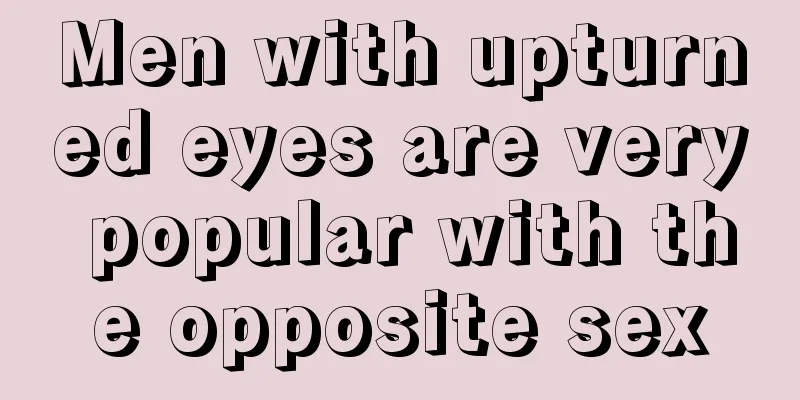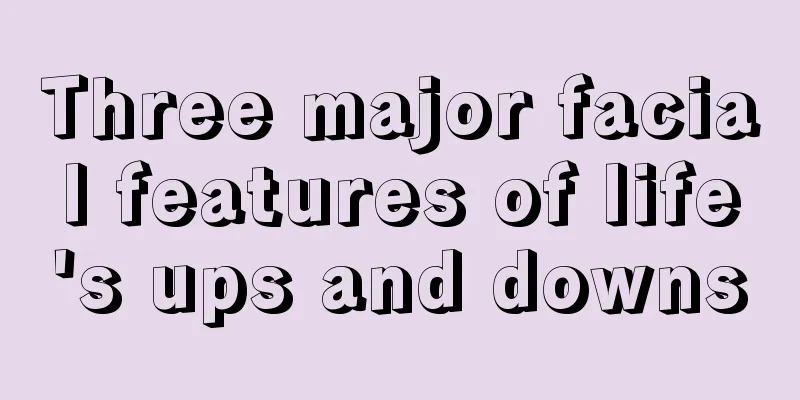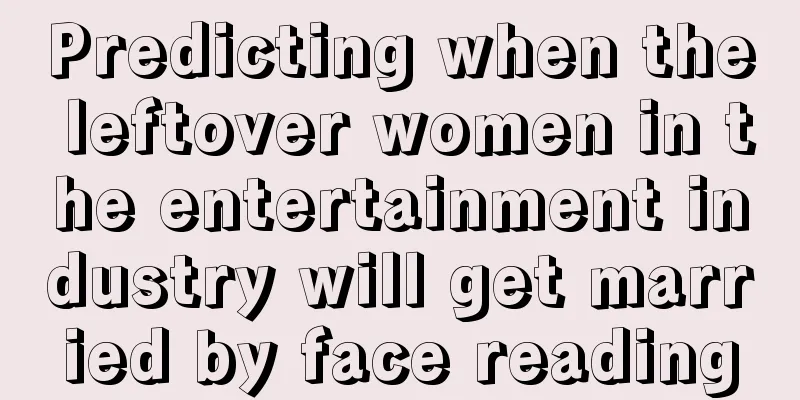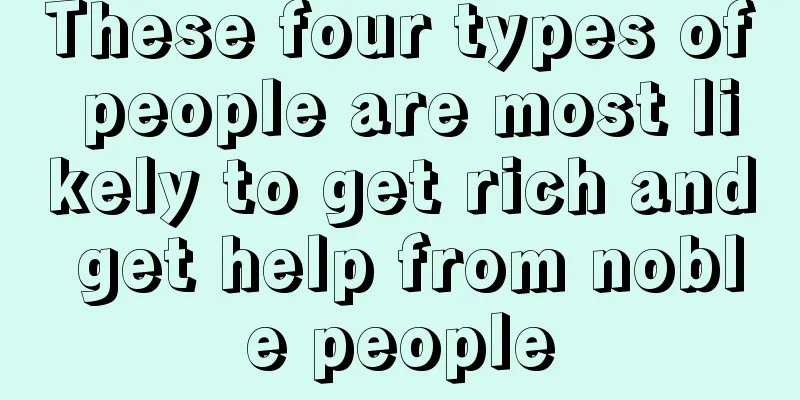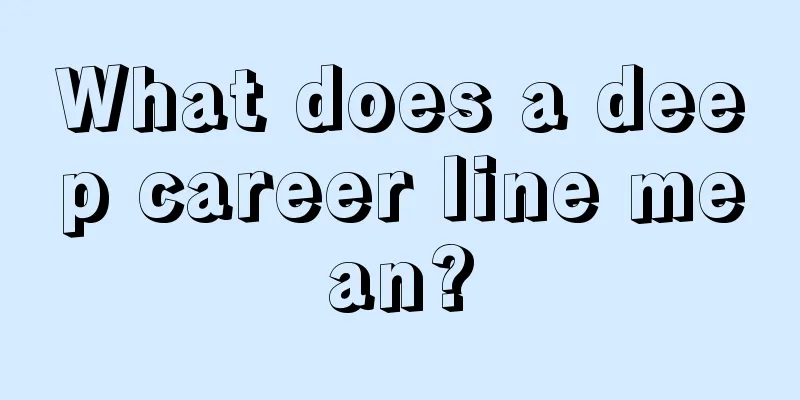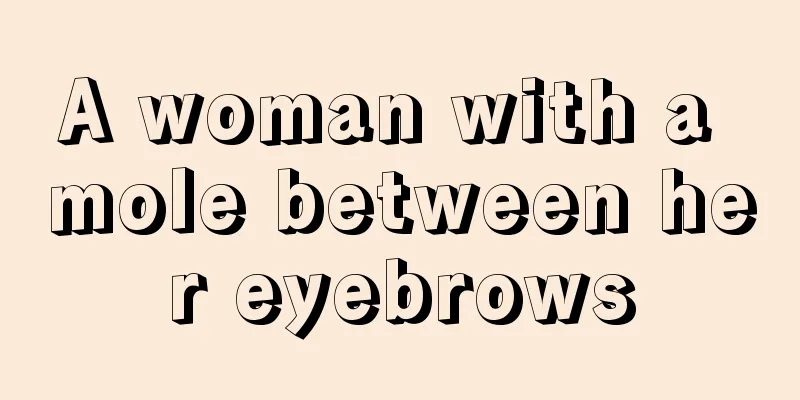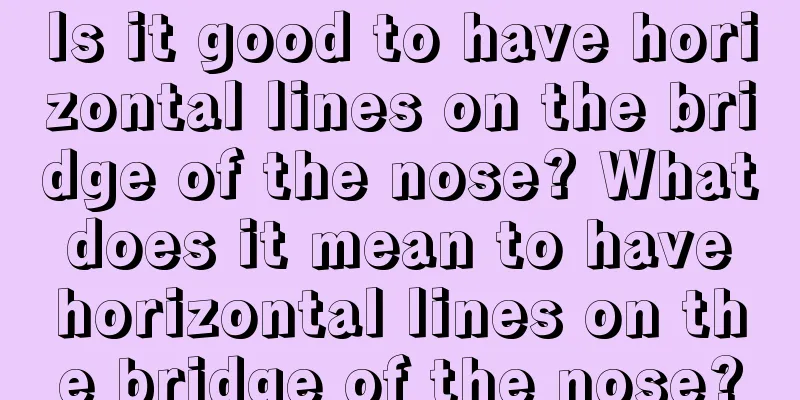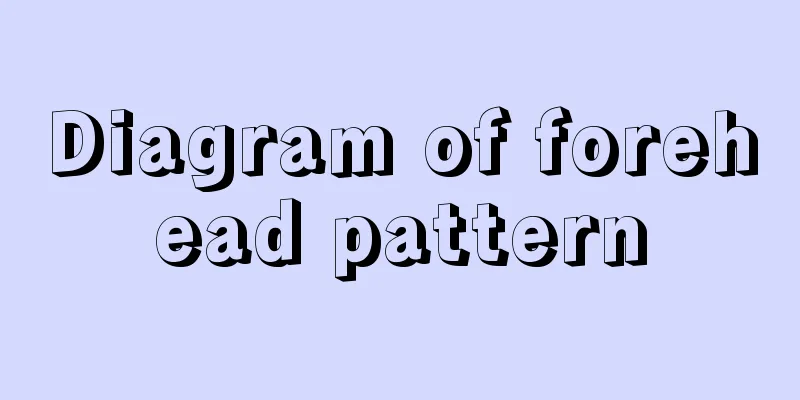Blockchain 3.0 (11): Blockchain learning reconstructs trust in charitable donations
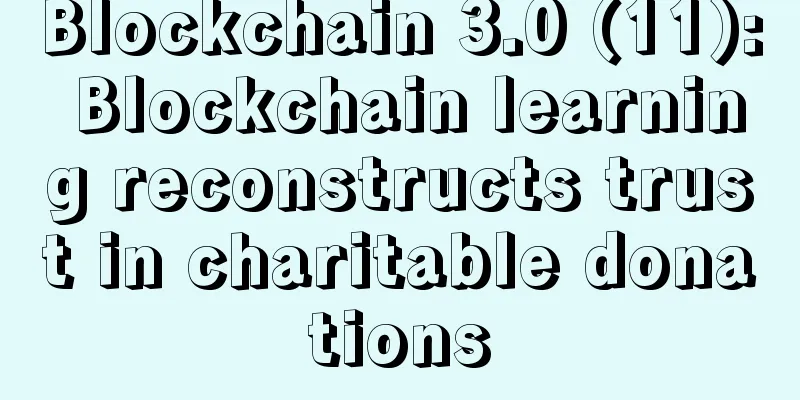
|
Article summary image: What are the current issues facing charitable donations?With the rapid economic growth, some people around me have accumulated considerable wealth, and with it the idea of giving back to society. However, faced with opaque charities and donation channels that are difficult to supervise and audit, they ultimately choose to give up large donations and can only choose small donations within their means. The drawbacks of traditional donation methods and the frequent exposure of scandals of embezzlement of charity funds have almost made everyone lose confidence. In an environment without any trust, unless the way of charitable donations is completely changed, many people will choose not to participate. The emergence of blockchain has allowed us to see the subversive revolution of charitable donations, which can help us rebuild trust. How does blockchain learning work?The idea of blockchain learning is this: Establish a decentralized smart learning contract between donors and learners: the contract includes proof of learner progress, automatic confirmation of completion of learning modules through standardized online tests, and automatic triggering of subsequent funds to be allocated to the next learning module after confirmation. There are some details involved: confirmation of learner identity (digital identity systems such as OneName or BitID will be used); community-approved tutorials, online question banks, etc. Advantages of blockchain learningLearning contracts can be conducted entirely in a peer-to-peer manner between donors and learners, and peer-to-peer donations avoid the risk of corruption among charities and channels. This is not only financial assistance, but also spiritual assistance based on personal development. The learning contract stipulates that only continuous progress can obtain follow-up funds, which is an incentive for learners; and for donors, it is gratifying to see that the funds can be used where they are really needed. Blockchain is decentralized, transparent, and globalized, giving us hope for a revolution in charitable donations. If blockchain learning and donations can be popularized, it will benefit many people and help those who really need help. |
<<: China Distributed Ledger Basic Protocol Alliance announced
>>: Barclays completes trial of trading derivatives using Corda blockchain technology
Recommend
Bull's eye facial features
Bull's Eye Rich Characteristics of bull's...
Are women with crooked noses unlucky in marriage?
In physiognomy, if a woman's nose is crooked,...
Star Patterns in Palmistry
Star patterns are miscellaneous patterns in palmi...
A detailed discussion on how to tell a woman's fate and personality from her facial features
A person's character and destiny are actually...
What are the characteristics of a man with no luck in wealth? He will be poor all his life.
Everyone hopes that their significant other is ex...
The domain name mentioned in the Twitter attack was registered on the same day as the hack and has been taken offline
Today, the official Twitter accounts of cryptocur...
What are the facial features of being devoted to love?
Love is magical, it draws two people together. Lo...
Palmistry teaches you how to read your life and marriage status
Palmistry marriage line to know marriage 1. After...
Facial features that often blackmail others
There is a situation that makes people speechless...
Is it good for a woman to have a mole on the left corner of her eye? Mole physiognomy analysis
Moles are present on everyone's body. Some pe...
Bitcoin Tipping Platform ChangeTip Adds GPS-Sensing Payment Function
Bitcoin micropayments startup ChangeTip has added...
The ancient project DGB has gained momentum after listing on Binance
At 14:00 (UTC) on June 22, 2020, Binance announce...
Is it good for a woman to have a cinnabar mole on her chest? What does a cinnabar mole on the chest represent?
Zhang Ailing once said that what is red is a cinn...
There are more than 38,000 Bitcoin ATMs deployed in the United States
According to independent research site How Many B...
How can a woman with a narrow philtrum at the top and wide at the bottom have good fertility?
The philtrum is a part that Chinese people attach...
